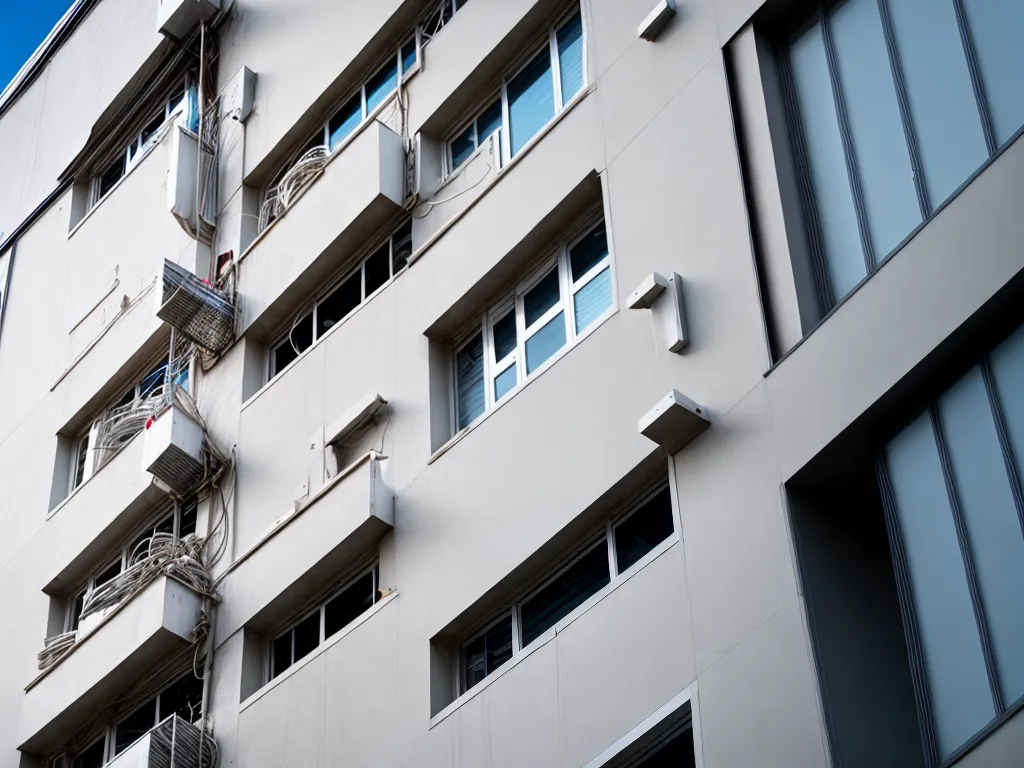
Wiring Your Commercial Building on a Budget: Strategies to Save Without Sacrificing Safety
Wiring a commercial building can be an expensive endeavor, but it doesn't have to break the bank if you plan and budget wisely. As the building owner, I need to balance cost savings with the safety of occupants, so I've developed some key strategies to wire my commercial space affordably without cutting corners.
Understanding Electrical Load Requirements
The first step is to calculate the electrical load requirements for my building's size and intended use. This determines the electrical service capacity I need to power all lighting, HVAC, outlets, machinery and other systems. An electrical engineer can help analyze my needs, but I can also reference standards like the International Building Code for general load guidelines.
I will measure square footage, account for types of equipment and appliances, consider heavy power users like industrial machinery or walk-in refrigerators, and accommodate some future growth. While planning for extra capacity isn't free, it avoids costly service upgrades later. I won't skimp here, as insufficient power carries safety risks and affects functionality.
Choosing the Right Electrical Systems
Lighting
LED lighting is energy efficient and long-lasting, saving on bulb replacement costs. Occupancy sensors in low traffic areas cut unnecessary energy use. Daylight harvesting systems dim artificial lights when sufficient natural light is available through windows and skylights. Proper zoning ensures lights are on only where needed.
HVAC and Mechanical Systems
High-efficiency HVAC systems like heat pumps or variable refrigerant flow (VRF) cost more upfront but dramatically reduce energy consumption. I can supplement with strategically placed ceiling fans or mini-split AC units for zoned climate control. For mechanical systems like elevators, escalators or heavy equipment, I'll consult the manufacturers about potential efficiency upgrades.
Electrical Service and Distribution
Rather than pulling new wires through framing, I can potentially reuse existing wiring where up to code. I'll also ask about:
- 208V 3-phase service for more efficient power transmission
- Submetering systems to allocate costs by tenant usage
- Higher voltage distribution to reduce line loss over distance
Optimizing the Wiring Design
Thoughtful design optimizations like distributed wiring and modular connections can squeeze value from my electrical budget:
- Distributed branch circuits throughout the space, rather than long home runs back to the panel
- Conduit and boxes positioned for easy access during maintenance
- Modular wiring systems, using pre-fab whips and plug-and-play connectors
- Scalable panels allowing for breaker expansion
- Zone cabling with centralized hubs
Working With the Right Electrical Contractor
Thrifty electrical contractors can suggest creative cost-cutting measures while meeting code:
- They know how to downsize wire gauges without sacrificing safety
- They may accept alternate materials that are still approved, like aluminum wiring
- They understand emerging technologies like wireless lighting that save on wiring costs
I'll get multiple quotes and ask each contractor about cost-saving tactics. I can supply some materials myself at discounted prices. I'll also inquire about rebates or tax incentives from local utilities.
Prioritizing Safety, Monitoring Energy Use
To avoidsafety hazards, I'll require necessary third-party inspections, test circuit load capacity, and ensure contingency power for critical systems. Once occupied, I can track energy consumption with smart meters and identify any needed adjustments.
With forethought and strategic planning, I can provide safe and sufficient power to my commercial space on a conservative wiring budget. What I save on initial costs will multiply over years of operation. Yet I won't cut corners on safety or code compliance. By balancing cost control and risk management, I can electrify my building responsibly.